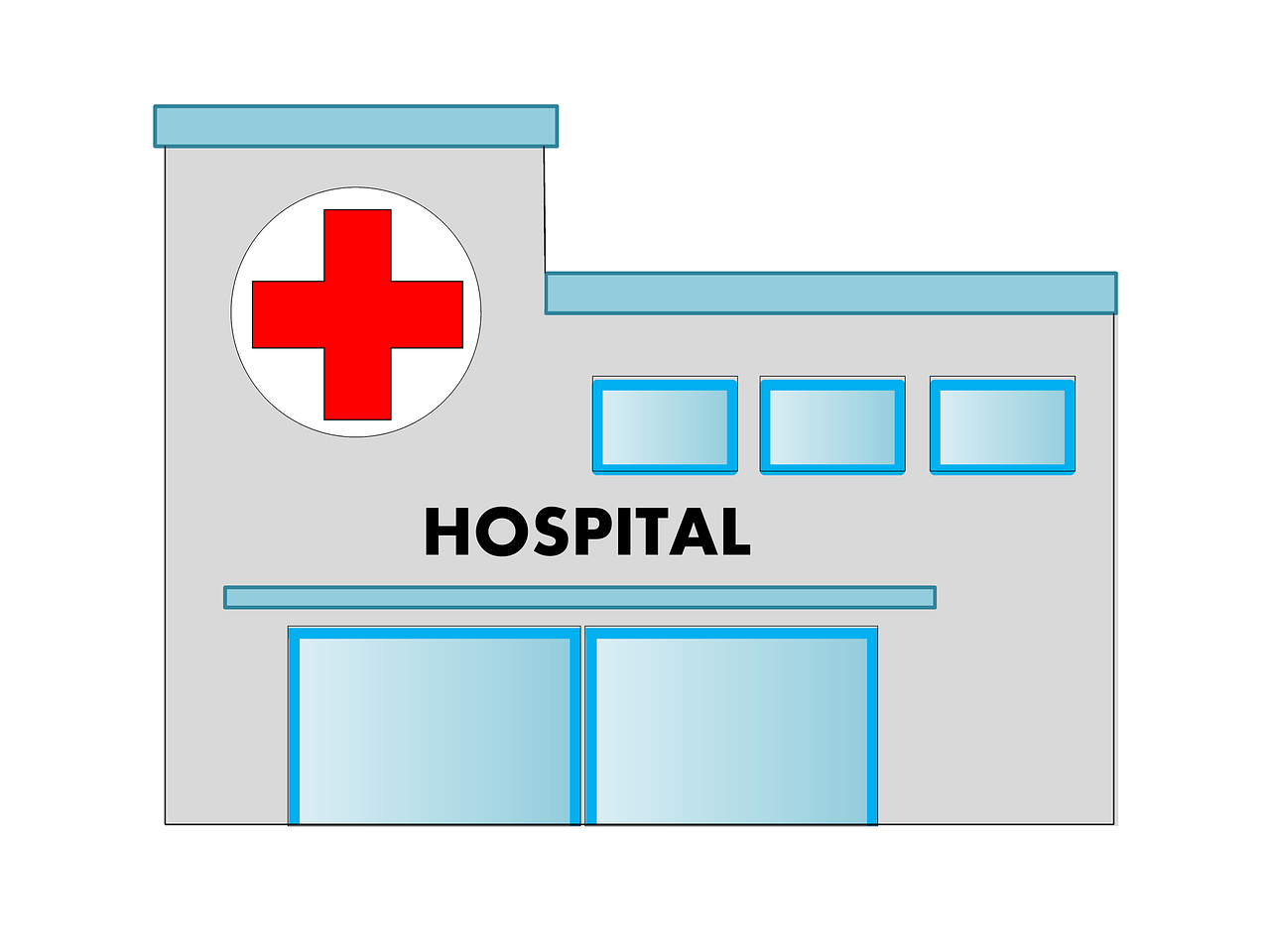
MEDICARE PART A
Medicare Part A encompasses hospital expenses, such as stays, skilled nursing care, hospice, and home health-care services. Deductibles, coinsurance, and copayments apply. Eligibility for Part A is earned by contributing Medicare taxes over 10 years (or 40 quarters) of work. Without earned eligibility, a premium is required.

MEDICARE PART B
Medicare Part B extends coverage to medical services addressing illnesses and conditions, including doctor’s visits, lab work, x-rays, and outpatient surgeries. It encompasses preventive care such as cancer screenings and flu shots, as well as essential durable medical equipment like wheelchairs and walkers for treating ailments. While Part B premiums are typical, even when enrolled in a Medicare Advantage plan covering Part A and Part B, the Part B premium remains applicable.

MEDICARE PART D
Original Medicare does not provide coverage for prescription drugs. While Medicare Part D is optional, it offers value for medication needs. Failing to enroll in Medicare Part D when initially eligible may result in a late-enrollment penalty. You can obtain Medicare Part D prescription drug coverage either via an independent Prescription Drug Plan (PDP) or through a Medicare Advantage Plan that incorporates prescription drug coverage.
Before picking a plan, grasp the contrasts between Medicare Supplement Insurance Plans and Medicare Advantage Plans.
Many mistakenly enroll in Medicare Advantage Plans, thinking they're Medicare Suplement Insurance Plans — yet they're not.
